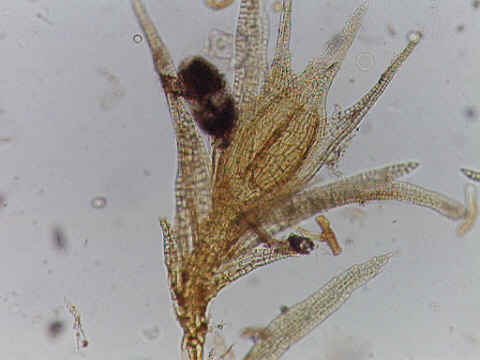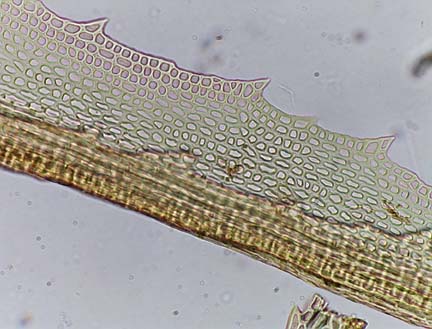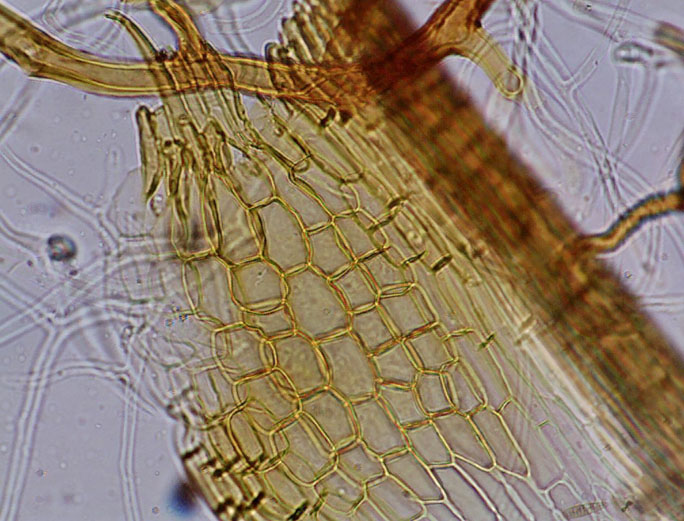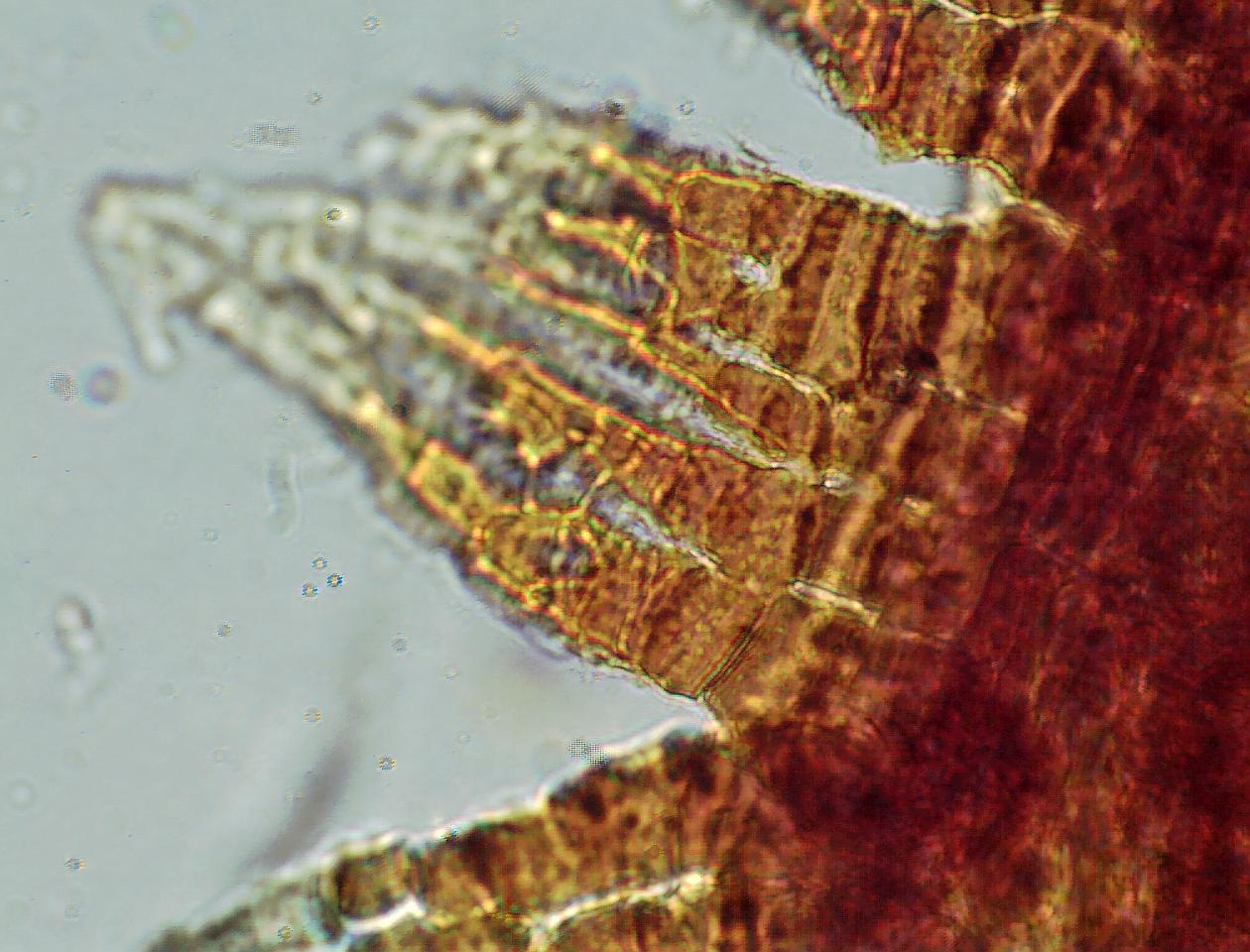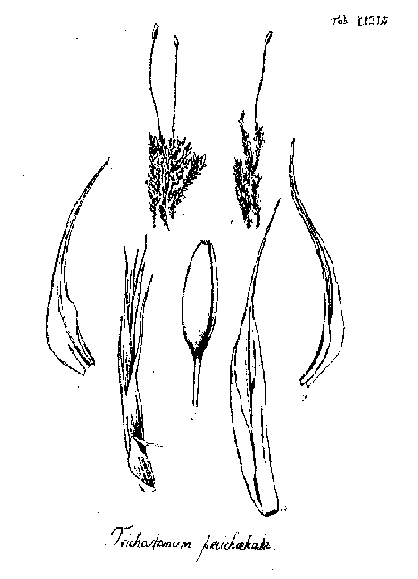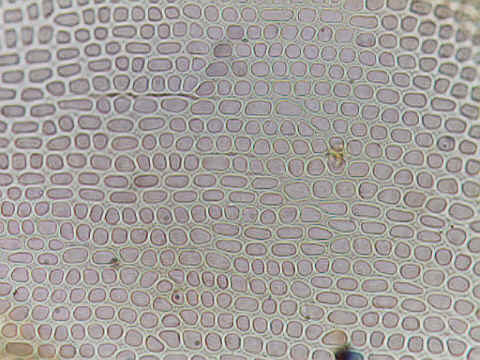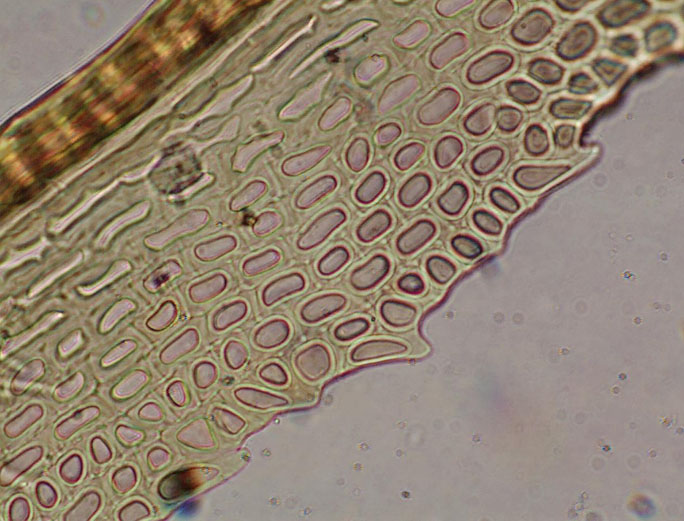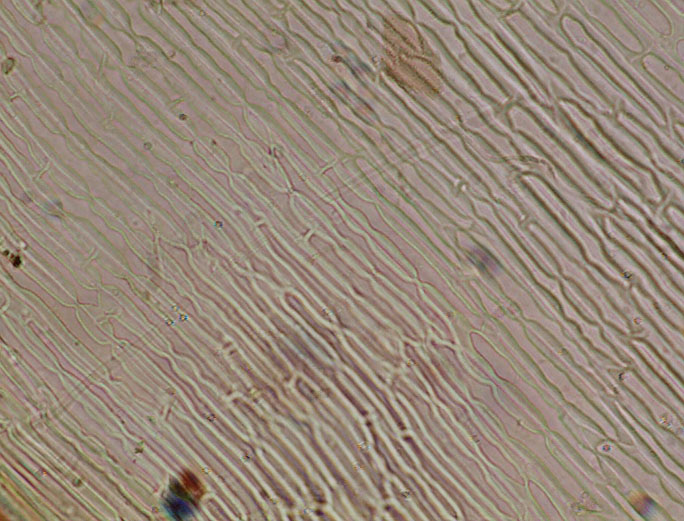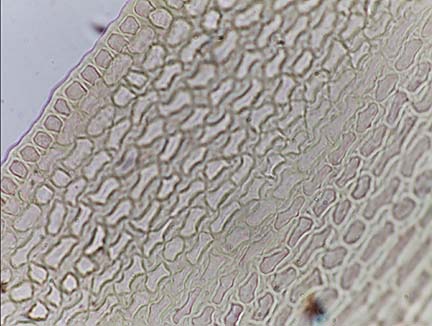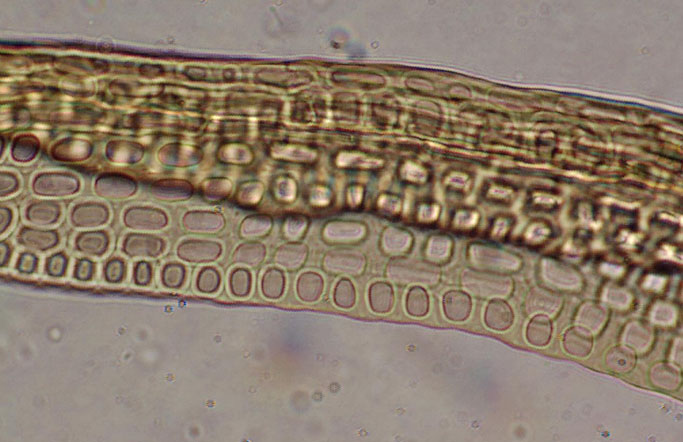![]()
|
|
|
|
|
|
NSF-PEET Project in Systematic Bryology |
|
Revision of the Moss Genus Holomitrium Bridel
(Dicranaceae). for fulfillment of a Ph.D.
thesis at Missouri Botanical Garden
and University of Missouri- St Louis Michelle Judith Price |
[Currently
Under Construction ]
|
Introduction
to Holomitrium |
|
|
Thesis
Committee |
|
|
Research
Objectives |
|
|
Holomitrium
names list |
|
|
|
Holomitrium
descriptions and keys (example) |
|
Holomitrium images and illustrations (example) |
|
|
|
Cladistic
morphological analysis |
|
Phylogenetic
relationships of Holomitrium, |
|
|
Distribution
of Holomitrium |
|
Ph. D. Thesis project on Holomitrium (Dicranaceae: Musci). Introduction |
|
Holomitrium is a predominantly tropical moss genus of
around 50 species found in Australasia, Africa and the Americas. It is one of
the most widespread and morphologically diverse of the epiphytic genera in
the Dicranaceae. It is also one of the largest genera in the subfamily
Dicranoideae to remain un-revised to date. Holomitrium is most
commonly found as a canopy epiphyte in montane forest zones and is
distinctive in its long, sheathing perichaetial leaves. Systematic
relationships both within the genus and within the subfamily Dicranoideae
will be investigated using morphological cladistic and molecular systematic
techniques. Back to TOP |
|
Holomitrium grows as cushions and stems are to 4-5(10) cm
in length. Leaves are noticably crisped and curled when dry, spreading when
wet. If the plants are fertile they can be easily distinguished by the long,
sheathing perichaetial leaves. The genus is tentatively assumed to be
monophyletic and is characterized by: 1) long sheathing perichaetial leaves;
2) 16 more or less undivided, fenestrate peristome teeth; 3) pronounced
differentiation of cells from lower to upper leaf; 4) well developed alar
cells; and 5) entire or crenate to serrate leaf margins. Preliminary
morphological studies have revealed that Holomitrium falls into two
main groups based on leaf margin characters. One group from Central America,
South America and the Caribbean and one group from Africa and Australasia.
These two groups are marked by serrate-crenulate or toothed margins versus
entire margins, respectively. The neotropical taxa in Holomitrium are
very closely related to two small genera, Eucamptodontopsis and Schliephackea.
The relationships between these three genera will be investigated during the
course of this work. Back to TOP |
|
Significance:
This study will be the first to revise the genus Holomitrium on a
global scale and the first to investigate its biogeographical and
phylogenetic relationships in detail. The work will contribute to the
understanding of a large component of the subfamily Dicranoideae and to the
understanding of the systematic relationships both within it and within the
Dicranaceae. |
![]()
|
Advisor: Dr. R.E. Magill. Missouri Botanical Garden |
Co-advisor: Dr. E. Kellogg. University of Missouri - St. Louis |
|
Dr. Bette Loiselle. University of Missouri - St. Louis |
Dr. E. de Silva. University of Missouri - St. Louis |
|
Chairman: Dr. P.M. Richardson. Missouri Botanical Garden/University of Missouri - St. Louis |
External advisor: Dr. S.P. Churchill. Missouri Botanical Garden |
![]()
|
|
|
|
1. |
Complete
a taxonomic treatment of Holomitrium |
|
2. |
Evaluate
the Holomitrium - Eucamptodontopsis - Schliephackea relationship |
|
3. |
Establish
the monophyly of Holomitrium |
|
4. |
Complete
phylogenetic analyses Holomitrium and closely related genera in the
Dicranoideae |
|
5. |
Investigate
the biogeography of the group |
|
6. |
Use
phylogenetic tools to investigate character trends and diversification patterns
in Holomitrium |
![]()
|
|
|
Original drawing of type specimen of the genus Holomitrium |
![]()
|
Images taken using PIXERA
digital camera linked to PIXERA system software and with a Cannon SLR ESO |
|
|
|
|
|
|
Upper leaf cells |
Serrate leaf margins |
Lower leaf cells |
Peristome: Price 07, Ecuador |
|
|
|
|
|
|
Crenulate leaf cells (upper leaf) |
Entire leaf margin: Price 07, Ecuador |
Alar cells |
Dwarf male plant: H. arboreum |
![]()
![]()
Michelle
Price, Feb 2001
